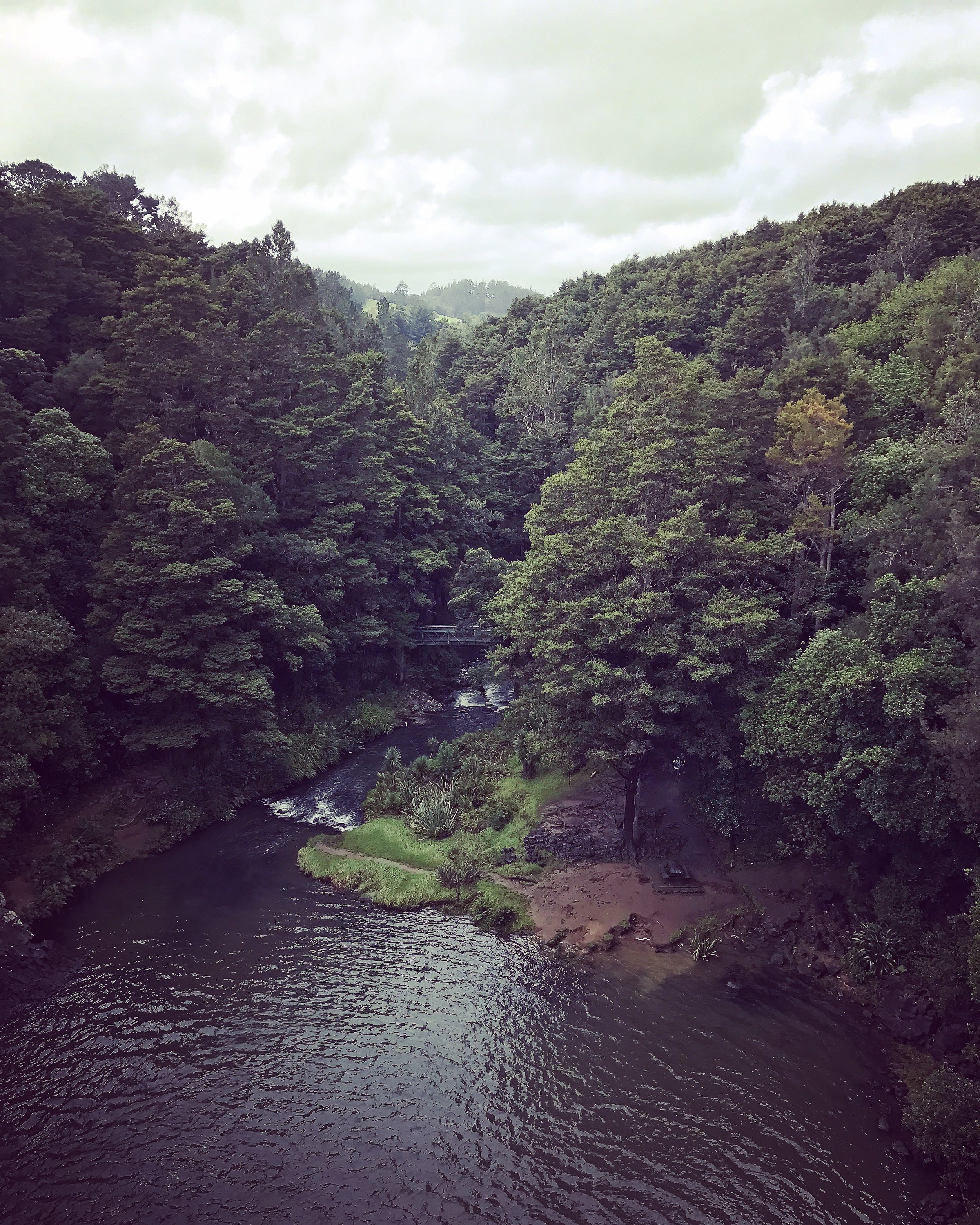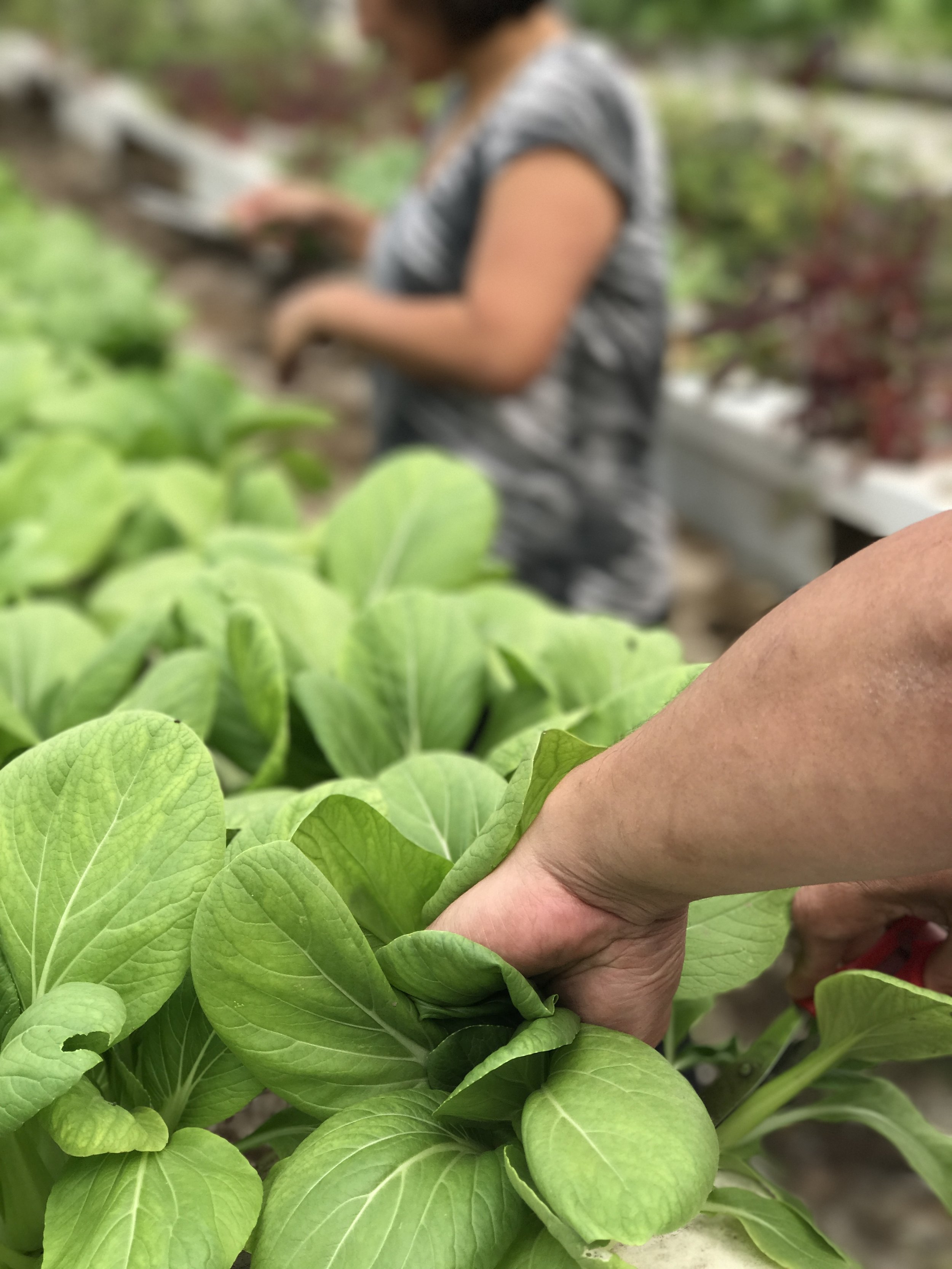After you've gone past the city of Whangarei, there is nothing much to see in terms of urbanity- just farmlands, forests, dingy road-side cafes. We've been to Paihia before so the whole point of holing up overnight in a motel on the cusp of autumn (though the trees are still stubbornly green) and trying out a much-ballyhooed ribs-dinner was just a welcome break from all that tiresomely tedious urbanity.
But ironically, you do still look for urbanity- a wifi connection, cable and a gourmet ice-cream restaurant. We were looking for seafood but it seems that Kiwi consumers would have nothing to do with a fish unless it arrives on their plate already cleaned and cooked.
On the way back, we took a side-trip (about 40kms) to a hot-springs area. I can't remember the name of it now as it was in Maori, but when we stepped out of the SUV, Chini shrieked at the bubbling muddy puddles and the stench of sulphur was stronger than Rotorua's. There was a make-shift hut with tarp-covered wooden platforms which looked out over the pools; a series of holes that seemed in their irregular shapes, to have been carved out of the earth by hand. Three to four people could fit in one pool and the instructions were that there was a sequence as to how you transferred from one pool to the next.
The water was black and we knew without even saying it or putting on that expression on our faces that signified displeasure that there was no way on earth we would be dipping our toes in there. I mean, we could on an adult dare, but the kids would most likely refuse and stay in the car skulking.
We wanted to take the requisite phone photo before we left (it was a sight to see the contrast of white caucasian skin against the black water) but there was no discreet way to take it.
We did another detour, this time to the Tutukaka Coast and on my phone's GPS, the long and winding (literally) road to the destination seemed like an immense effort. But this was expressed only by the kids when they were awake or bothered by one particularly sharp curve.
If I could drive, untethered as I am by any responsibility, I would probably take to these long roads (over perfect surfaces as befitting a first-world country). I remember my moped-riding days that when I was bothered by something or when I couldn't sleep, I would take these slow, comforting rides in the middle of the night, or even when it was raining, just to clear my head.
I probably wouldn't do that sort of thing in the Philippines anymore- and get shot or robbed in the process, but it's a shame that I'm losing out on the opportunity to do it here.
After what seemed like eternity, we arrived at what was called Sandy Bay- a panorama of a rained out beach with angry 2 metre waves, black rocks and blush-pink sand. There was no shade and a motley crowd of locals- lean surfers and portly beach-goers were either changing back to dry clothes or getting ready to hit the surf. We just sat in the car a bit looking out- thinking- until the kids started to whine and Jong had to reluctantly start the engine so we could head back; to home, to urbanity and the comfortingly familiar.
Or the tediously tiresome- I didn't even bother to take a photo.







